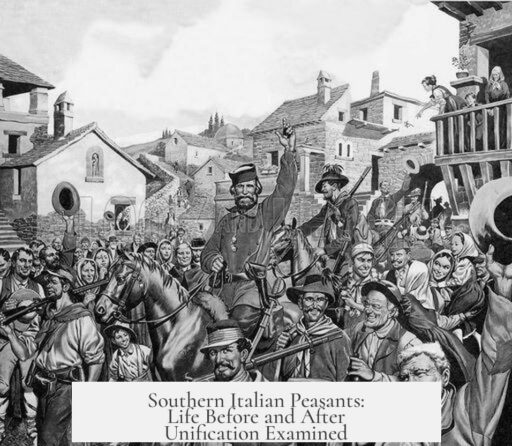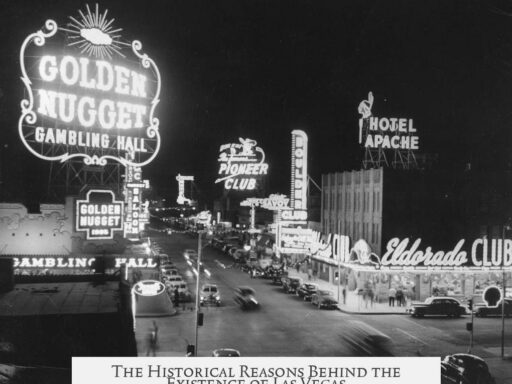Southern Italian peasants were not significantly better off after unification compared to before. The South remained economically stagnant due to limited industrialization and infrastructure. While unification did not worsen poverty, it also did not bring notable improvements for peasants. Post-unification efforts aimed to stimulate growth but fell short of transforming the region.
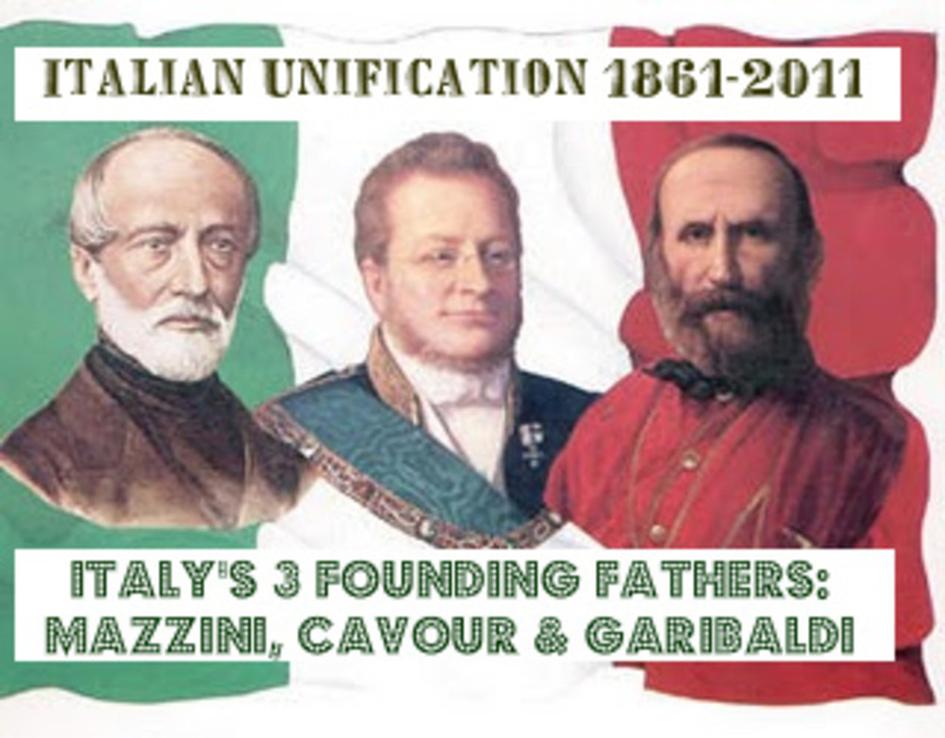
Before Italy’s unification in 1861, Southern Italy was not a dynamic economic zone. The South largely relied on agriculture with minimal industrial activity. Unlike the North, which began developing industries and attracting investments, the South lacked infrastructure to support industrial growth. This limited the economic opportunities available to peasants.
Italy, as a whole, industrialized late and slowly. The Northern regions, possessing better infrastructure, pulled ahead economically, drawing entrepreneurs and capital. Meanwhile, Southern areas like Sicily and Calabria saw little change. Investments focused on areas where infrastructure could guarantee returns, leaving the South marginalized.
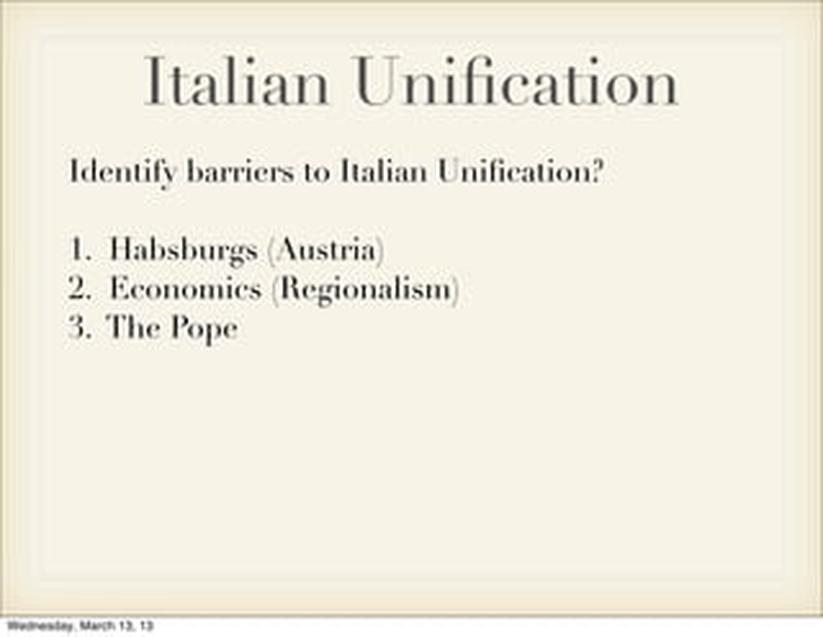
There is no credible evidence that unification deliberately impoverished Southern peasants. Some popular narratives and internet claims suggest such intentions, but historical research disproves this. Instead, the South’s stagnation results from longstanding structural issues, not hostile policies.
After unification, the Italian government acknowledged the “Southern Question.” This term refers to the economic and social disparities between North and South. The government introduced subsidies aiming to foster economic development in the South. Despite these financial attempts, progress remained limited due to persistent infrastructural and social challenges.

Social discourse around these issues emerged quickly, recognizing the South’s lag but failing to solve it effectively. The ruling classes from Southern regions were integrated into the new Italian state, which complicated local governance and reform efforts.
| Aspect | Before Unification | After Unification |
|---|---|---|
| Economic Conditions | Primarily agrarian, little industrialization | Continued stagnation, limited industrial growth |
| Investment | Scarce in the South, focused on existing infrastructure | North attracted most investment; South received subsidies |
| Government Policy | Local and fragmented | National subsidies aimed at the South |
For a detailed exploration, the following sources provide in-depth analysis:
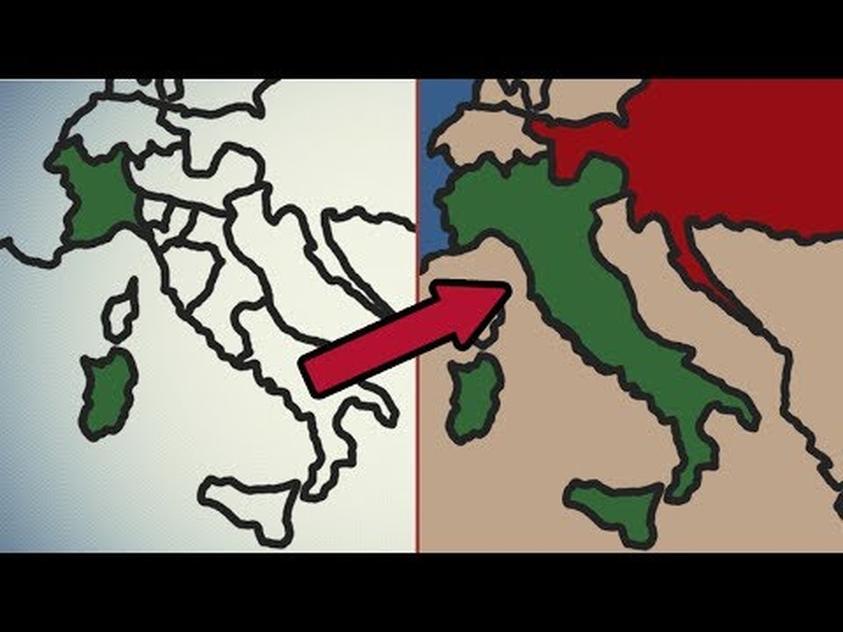
- Discussing the Southern Question
- Integration of Southern ruling classes
- Kingdom of the Two Sicilies overview
- Southern peasants’ economic status showed little improvement after unification.
- Industrial growth remained almost exclusively a Northern phenomenon.
- No direct evidence supports deliberate impoverishment post-unification.
- State subsidies attempted to address economic disparity but proved insufficient.
- The Southern Question remains central to understanding Italy’s regional divides.
Were Southern Italian Peasants Better Off Before or After Unification?
Short answer: Southern Italian peasants did not see significant improvement after unification. While the Italian South wasn’t flourishing before 1861, the post-unification period didn’t bring a sudden economic boom or widespread prosperity to its peasantry. It’s a common assumption that unification either rescued them or worsened their plight—but reality is more complicated.
Let’s dive into why.
Before unification, the Italian South—often called the Kingdom of the Two Sicilies—was a region marked by limited industrialization and shaky infrastructure. The society wasn’t buzzing with economic vitality. Peasants worked hard on the land but faced systemic problems: scarcity of jobs beyond agriculture, minimal access to education, and feeble roads or railways connecting villages.
Post-unification, the hopes might have been high. After all, “unified Italy” sounds like a single team rallying for progress. Yet, industrialization—often the engine of economic growth in the 19th century—remained stubbornly absent in the South.
A Tale of Two Italies: North Thrives, South Stagnates
Italy as a whole was a latecomer to industrialization, but the North was already inching forward with factories, railroads, and ports primed for commerce. Meanwhile, the South lagged far behind. Investors, naturally pragmatic, preferred putting money where an industrial infrastructure already existed.
This preference compounded the disparity. The North attracted capital, developed skills, and improved transport. The South’s rugged terrain and poor infrastructure made it less attractive, keeping much of its economy agrarian and subsistence-based.
Did unification cause this? Not directly. Contrary to some online tales claiming a deliberate plot to drain the South’s wealth, historians find no evidence that post-unification governments intentionally impoverished the Southern regions. Instead, the stagnation resulted from long-standing challenges and the difficulty of rapidly transforming an underdeveloped economy.
The “Southern Question” and Attempts at Fixing the Problem
Not blind to the South’s struggles, Italian leaders soon raised eyebrows—and voices—about what became known as the “Southern Question.” This term encapsulates the economic and social challenges faced by Southern Italy in the new nation.
In response, the government sent state subsidies to the South, hoping to jumpstart growth. These appeared as investments in infrastructure, education, and industry—though results were mixed at best. Sometimes funds got lost in inefficient bureaucracy, or simply weren’t enough to overcome structural inertia.
Still, these efforts underscore that unification didn’t ignore Southern hardships. The issue was complicated, involving entrenched poverty, land ownership disputes, and a rural social order resistant to rapid change.
What About the Peasants? Did Life Change for Them?
Peasants in the South continued to rely heavily on agriculture long after unification. Unlike Northern workers who might hop factory lines or railway jobs, Southern peasants had fewer alternatives. The emergence of wage labor was slow, and large landowners maintained dominance. Poverty persisted, and often, it was this social arrangement that kept peasants tethered to traditional lifestyles, limiting upward mobility.
Could peasants celebrate any victories? To some extent, yes. The unification laid a foundation for Italy’s eventual modernization and integration into global markets. Access to a national market appeared more feasible, infrastructure investments grew—if slowly—and political representation, in theory, increased.
But for many, these benefits spanned generations rather than years. Peasant life didn’t brighten suddenly after 1861; it evolved at a snail’s pace.
Myths and Misconceptions: Setting the Record Straight
You might stumble upon narratives suggesting Italy’s North deliberately kept the South poor post-unification. Such conspiracy theories, often repeated online, oversimplify history. While regional inequalities are clear and stubborn, historians point out no formal policy aimed to crush the Southern peasants or economically sabotage the South.
Economic conditions stemmed from geography, historical development patterns, and industrial trends—not malicious design. This distinction matters when discussing Italy’s regional dynamics honestly.
Takeaways: What Can We Learn?
- The Southern Italian peasants were not dramatically better off after unification due to persistent infrastructural and economic hurdles.
- Neither before nor after was the South a hotbed of industry; it remained largely agrarian, with low investment.
- Governments recognized problems early, instituting subsidies and programs toward economic stimulation—but progress was slow.
- The “Southern Question” remains crucial to understanding Italy’s ongoing regional disparities.
- It’s important to challenge myths claiming intentional impoverishment of the South after unification.
So, was unification a blessing or a curse for Southern peasants? The honest reply: it was neither an instant miracle nor a deliberate disaster. It was a complex transition period from a fragmented patchwork of feudal-like economies into a unified nation wrestling with modernization. Peasants’ lives reflected that struggle—marked by slow change and many setbacks.
To dive deeper, check out historical discussions on the Southern Question, the Kingdom of the Two Sicilies, and Italy’s industrialization trajectory. Resources like the AskHistorians thread on the Southern Question provide rich insights.
Understanding history’s nuance helps us avoid easy stereotypes. Southern Italy’s story reminds us that development is a marathon marathon, not a sprint, especially for peasants whose day-to-day survival relies on soil and seasons, not factories and stocks.
Were Southern Italian peasants materially better off after unification?
No clear material improvement occurred. The South remained economically stagnant with little industrial growth both before and after unification.
Did unification deliberately worsen the economic conditions of Southern peasants?
No evidence supports deliberate impoverishment. Claims of intentional harm are mainly propaganda without historical backing.
What was the “Southern Question” and how did it affect peasants?
It was a social and political debate about the South’s poor economic state. The government responded by sending subsidies to encourage growth.
Why did industrial growth favor the North over the South after unification?
Investors chose areas with existing infrastructure. The North had better facilities, attracting more investment than the South.
Did state efforts after unification succeed in improving Southern peasants’ conditions?
While subsidies aimed to boost the South, measurable industrial growth remained limited. The South continued to lag behind the North.
